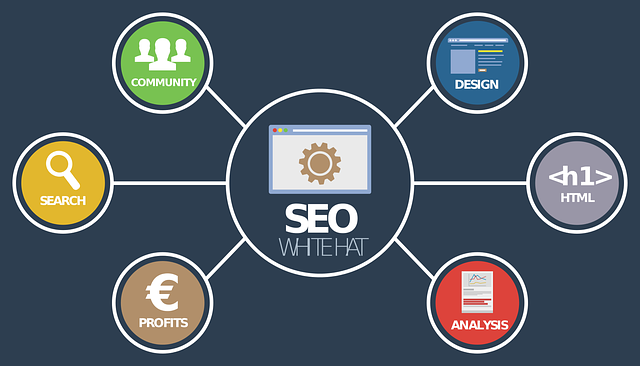Urban peak-hour traffic congestion prompts innovative solutions, with transportation authorities leveraging AI email sequence testing and optimization techniques. By integrating historical data, real-time sensors, weather feeds, and machine learning algorithms, they predict traffic flow accurately. This enables adaptive signal controls, dynamic pricing, and improved routing suggestions via intelligent apps, reducing driver congestion and travel times. AI-driven email personalization during peak hours enhances communication effectiveness, boosting engagement, satisfaction, and conversion rates through precise timing and content tailored to individual needs in today's digital landscape.
In today’s digital age, managing peak hour traffic presents unique challenges for cities worldwide. With increasing urbanization, efficient transportation systems are crucial for a seamless urban experience. This article explores innovative solutions leveraging AI and email sequence testing to optimize traffic flow during congestion. By implementing predictive tools, such as AI-driven analytics, communication strategies like email sequence testing can be refined, ensuring better public awareness and reduced travel stress. Discover how these technologies contribute to a more efficient, responsive transportation network.
- Understanding Peak Hour Traffic Challenges
- The Role of AI in Predictive Traffic Management
- Email Sequence Testing: Optimizing Communication During Congestion
Understanding Peak Hour Traffic Challenges

Peak hour traffic presents unique challenges for urban mobility, often characterized by congested roads and increased vehicle emissions. As cities grow, managing this rush hour congestion has become a complex task. Transportation authorities are turning to predictive tools leveraging AI email sequence testing and optimization techniques to address these issues. By analyzing historical data, real-time sensor feeds, and weather patterns, these tools can predict traffic flow with remarkable accuracy.
This advanced forecasting enables more effective deployment of traffic management systems, including adaptive signal controls and dynamic pricing on toll roads. Additionally, it facilitates better routing suggestions for drivers through intelligent transportation apps, reducing congestion and improving overall travel experiences during peak hours.
The Role of AI in Predictive Traffic Management

Artificial Intelligence (AI) is transforming predictive traffic management, offering a more dynamic and precise approach to managing peak-hour congestion. By leveraging machine learning algorithms, AI systems analyze vast datasets from various sources like GPS tracks, traffic cameras, and public transport schedules to predict traffic patterns with remarkable accuracy. This enables transportation authorities to make data-driven decisions that optimize route planning and traffic flow.
In the context of email sequence testing and optimization, AI plays a crucial role in refining communication strategies. By learning from user interactions and behavior, AI algorithms can personalize email content, timing, and frequency, increasing engagement and conversion rates. This not only enhances the overall user experience but also contributes to more effective traffic management by providing real-time insights that can be quickly acted upon.
Email Sequence Testing: Optimizing Communication During Congestion

In today’s digital era, managing peak hour traffic extends beyond physical infrastructure; it encompasses effective communication strategies. AI-driven email sequence testing and optimization are game-changers in this regard. By simulating various scenarios and analyzing user responses, businesses can craft highly tailored email campaigns that enhance engagement during congested times. This involves segmenting recipients based on behavior patterns, sending targeted messages at optimal intervals, and personalizing content to match individual needs.
Such optimization ensures that communications don’t get lost in the hustle and bustle of peak hours. It leverages AI to predict and cater to user preferences, resulting in improved customer satisfaction and higher conversion rates. In a world where every second counts, AI email sequence testing empowers businesses to navigate the labyrinthine complexities of traffic congestion with grace and efficiency.
Predictive tools, powered by AI and email sequence testing, offer a promising solution to navigate the complexities of peak hour traffic. By optimizing communication strategies during congestion, these technologies enhance urban mobility, ensuring efficient journeys for all. Through continuous learning and data-driven insights, AI enables cities to make informed decisions, fostering smarter transportation systems that prioritize user experience and reduce stress on road networks. AI email sequence testing and optimization represent a dynamic approach to managing traffic, paving the way for a more seamless future on our roads.
